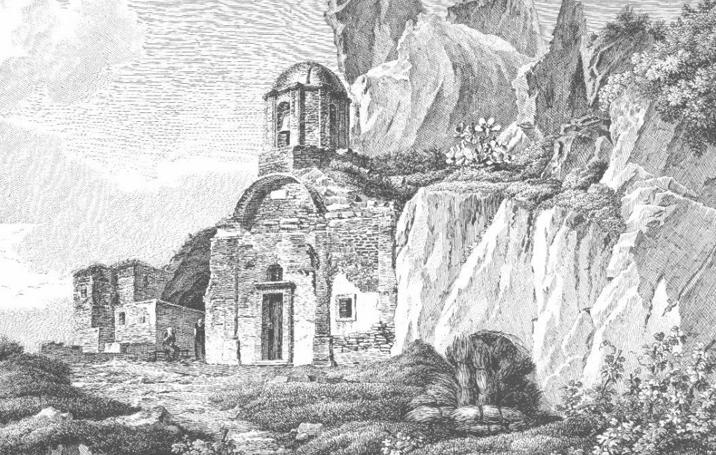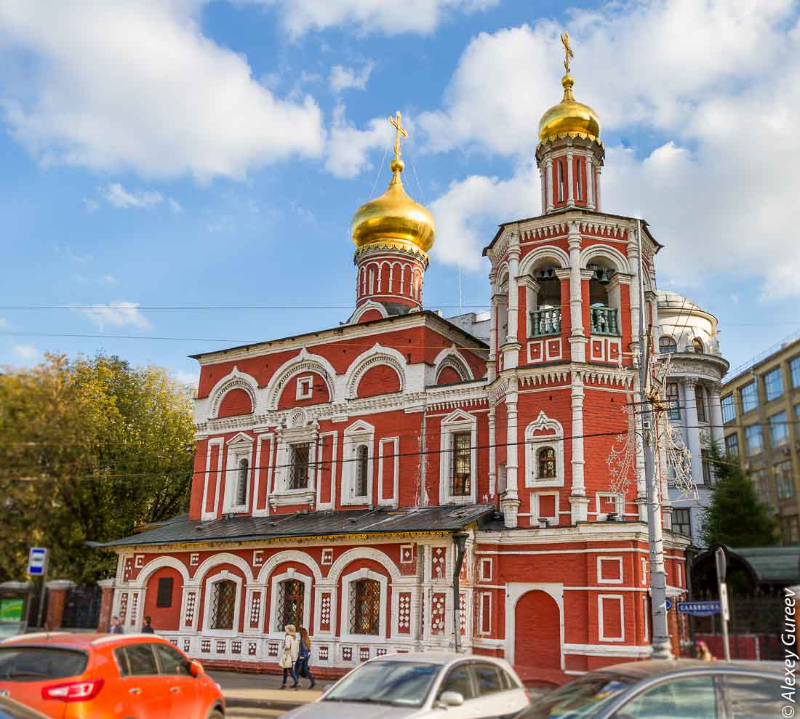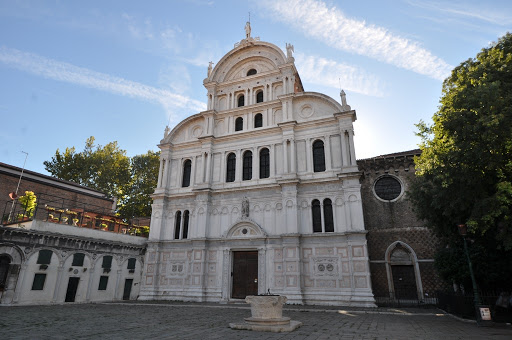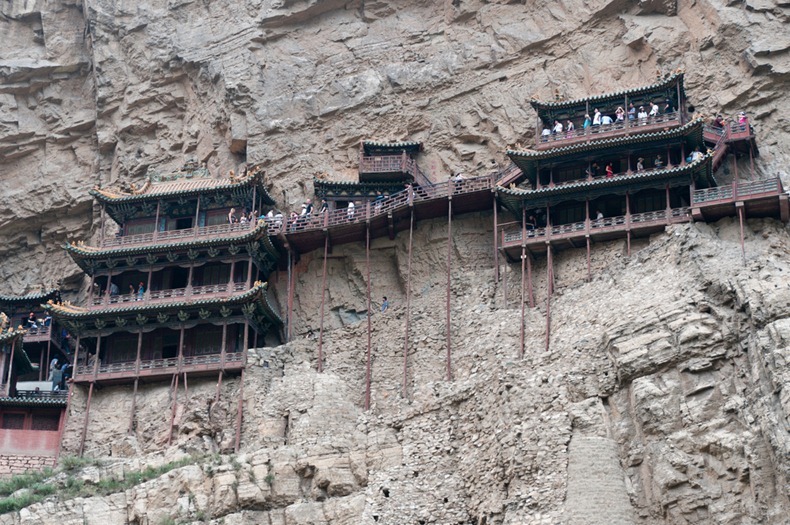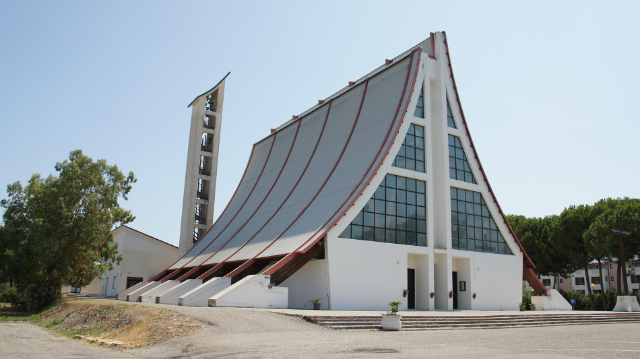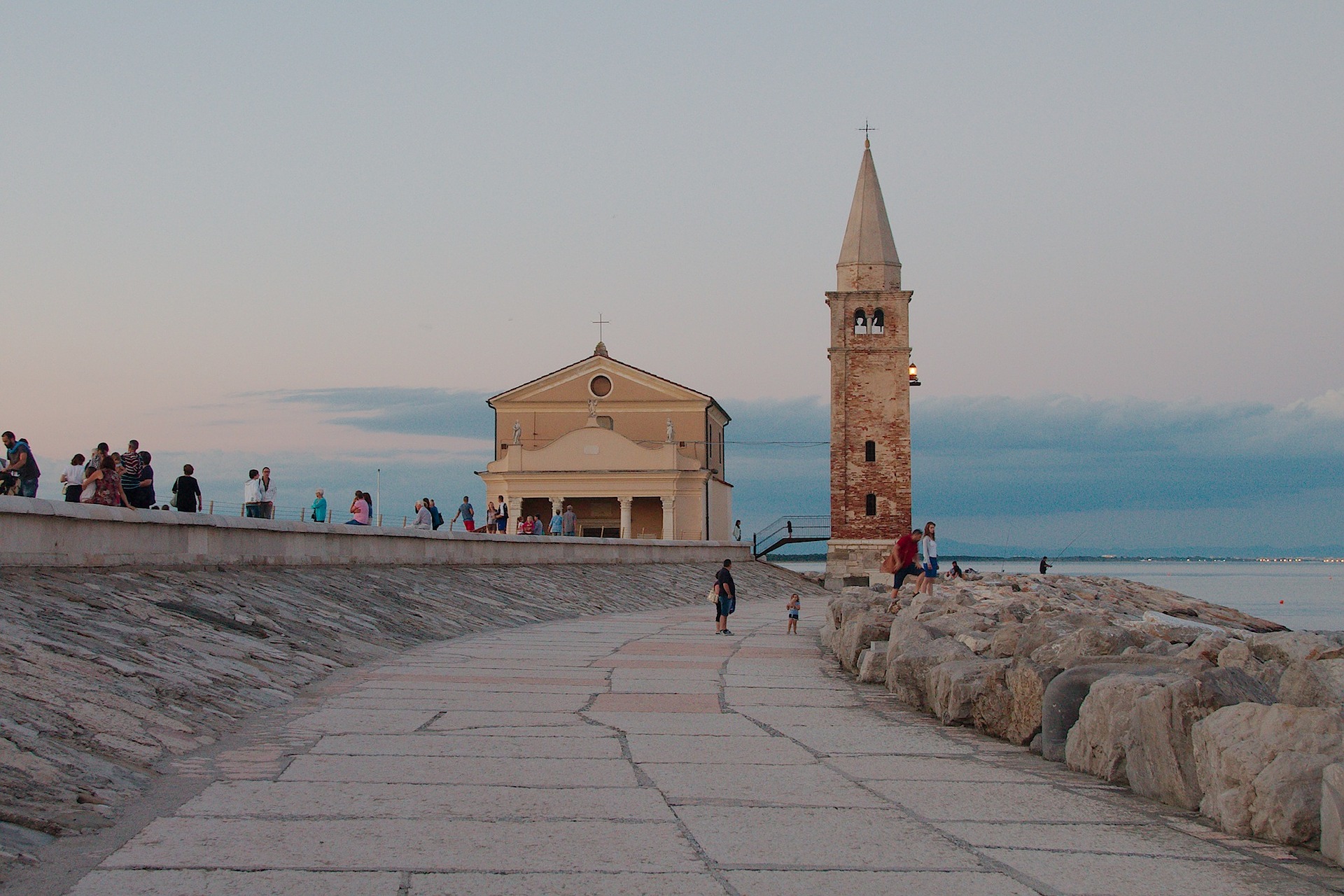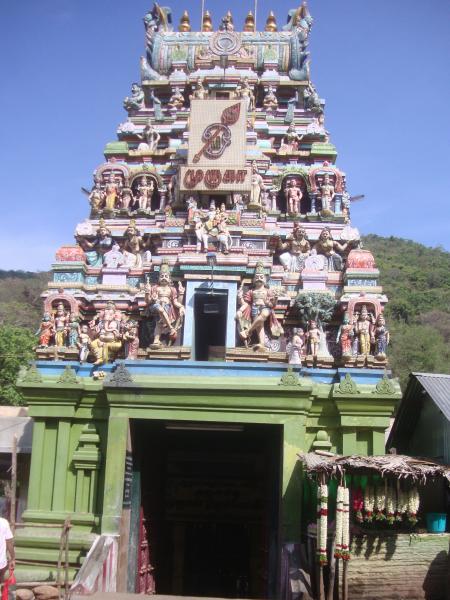It dates back to the 15th century. It features a chapel carved out of the rock, once adorned with marble and majolica; unfortunately, weathering has corroded the tuffaceous rock over the centuries, especially in the facade facing west, toward the sea; tampering, neglect and abandonment now make the small cells and rooms where the friars lived barely recognizable.
The small church, dug into the tuff, already existed in 1459, as we learn from an account by Pontano, while the small cells of the convent were built in 1587.
It was the noblewoman Beatrice Quadra who wanted to make it a retreat for nuns, who però could not resist for long, due to the harshness of the climate, coupled with the asperityà of the places, and later found a new, moreù comfortable home in the Aragonese Castle.
Famous anchorites then lived in the hermitage, such as Friar Giorgio Bavaro, who died in the odor of sanctity, and Joseph of Argouth (1704-1778), already commander of the military garrison stationed on the island, who, to fulfill a vow made to St. Nicholas, threw away his rifle to retire to a hermit life with twelve trusted companions, who became friars like him. Joseph of Argouth arranged for the purchase of nearby land and commissionedò numerous works in the little church, including those for the high altar.
The first additions to the original chapel with the excavation of the tuffaceous boulder for the construction of cells and other rooms for the community of cenobites date from 1754. Then, more recently, the former convent was converted into a restaurant and inn, making it impossible today to read, due to the transformations that have taken place, the original subdivision. It was possible, among other things, at modest expense, to spend the night in spartan cells overlooking a breathtaking view, to be enjoyed at the crack of dawn. Currently the structure è closed and can be visited only from the outside.
The summit of Epomeo è can only be reached on foot via a mountain path, which is fairly easy. If you are by car, you must leave it at the parking lot at the end of the driveway, following the signs to the summit of Mount Epomeo, from there ì through a mule track for eight hundred meters, about 15 minutes of walking, you will reach the summit and the belvedere. If you do not have a car, the bus will leave you at the center of the village of Fontana, from which through a small alley you can follow the signs to Mount Epomeo, distance 2 km, about 35 minutes on foot. Other paths lead to the summit of Mount Epomeo, one from the Water Stone and the other from the Falanga, but they are suitable for hikers and mountain lovers.
